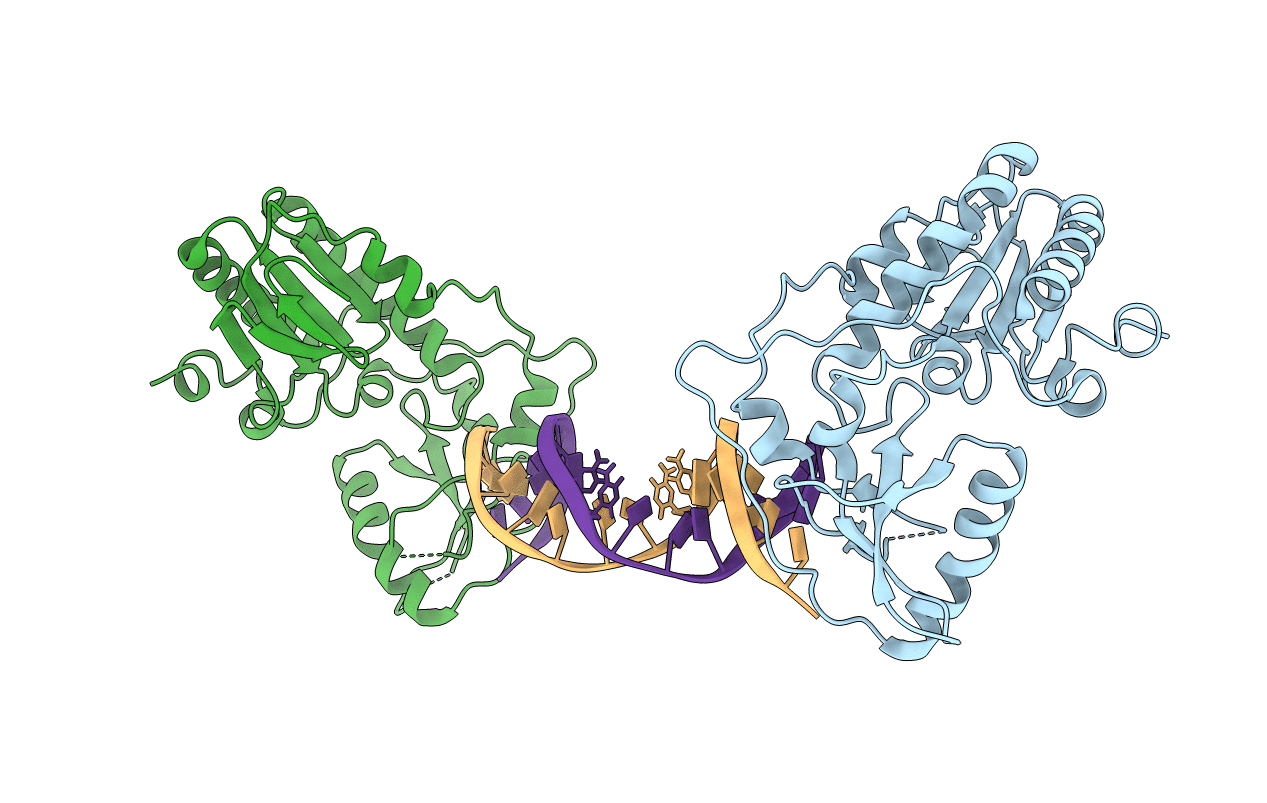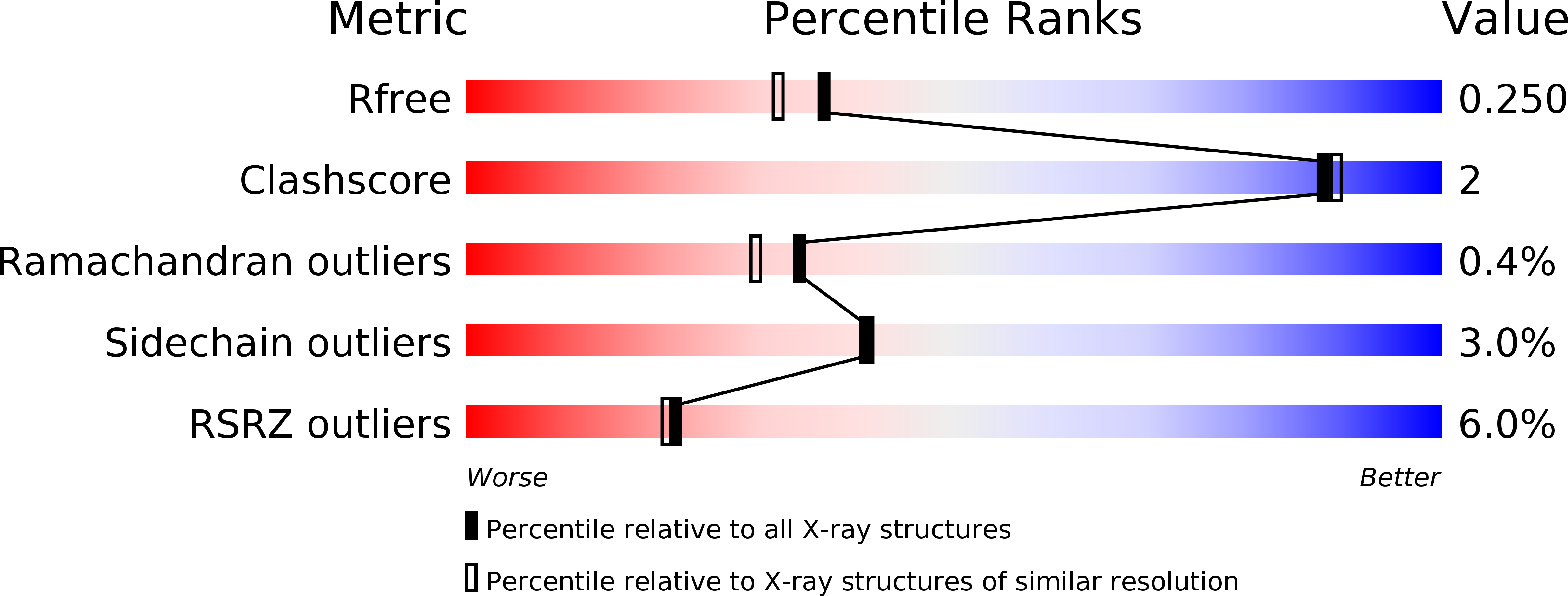
Deposition Date
2017-09-18
Release Date
2018-09-19
Last Version Date
2023-10-04
Entry Detail
PDB ID:
6B1S
Keywords:
Title:
Hydrogen Bonding Complementary, not size complementarity is key in the formation of the double helix
Biological Source:
Source Organism:
Moloney murine leukemia virus (Taxon ID: 11801)
Escherichia coli (Taxon ID: 562)
Escherichia coli (Taxon ID: 562)
Host Organism:
Method Details:
Experimental Method:
Resolution:
2.00 Å
R-Value Free:
0.25
R-Value Work:
0.21
R-Value Observed:
0.21
Space Group:
P 21 21 21


